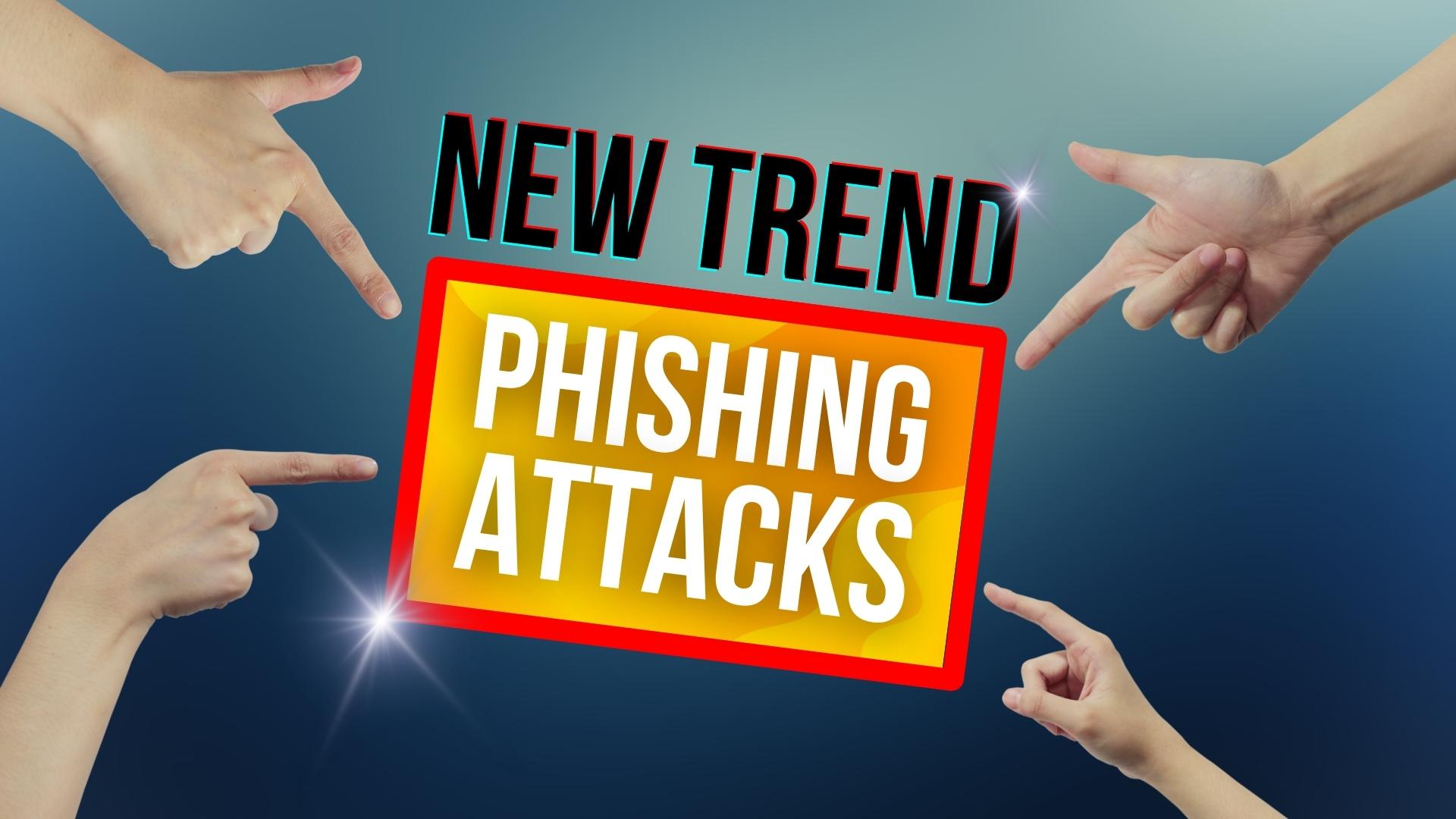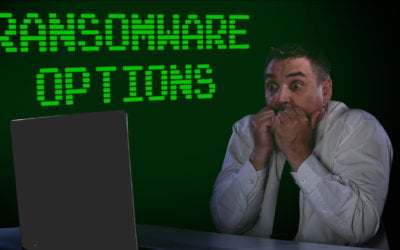Have you heard the saying, “A picture is worth a thousand words”? It seems cyber criminals have too, and they’re using it to their advantage.
In a new twist on phishing campaigns, cyber criminals are luring victims to click on images rather than downloading malicious files or clicking suspicious links.
Let’s dive into the warning signs, so you can keep your business safe from these sneaky attacks.
First and foremost, what is the significance of clicking on an image? It could be marketing a fantastic price or a limited-time promotion.
However, when you click on the image, you are not taken to the actual page. Instead, it’s a bogus website intended to steal your personal information.
Imagine being enticed by a lovely cat portrait only to discover that Mr. Whiskers was a wolf in sheep’s clothing! Isn’t she no longer cute?
So, how can you know whether an image is a phishing scam? Here are some red flags to look out for:
• Unexpected emails: Have you ever received an email from someone you don’t know or didn’t expect to receive? Take care! Accepting sweets from strangers is similar in that you never know what you’re getting yourself into.
• Too good to be true: If you receive an email promising you a free holiday or a million pounds for only clicking on an image, remember the golden rule: if it sounds too good to be true, it probably is.
• Spelling and grammar issues: We all make mistakes, but if an email is filled with errors, it could be an indication that something is wrong.
• Inconsistent logos or branding: If an email purports to be from a reputable company but the logo or branding does not match, believe it is a fraud.
Now that you know what to look for, here’s how to protect your company from image-based phishing attacks:
1. Educate your employees: Information is power! Make sure your team is up to date on the latest phishing techniques and can detect the warning signs.
2. Maintain software updates: Just as you wouldn’t drive a car with bald tyres, don’t let your software become obsolete. Regular updates aid in the patching of security flaws that cyber criminals may exploit.
3. Use strong passwords: While it may be tempting to use “password123” for all of your accounts, fight the temptation! Each account should have a strong, unique password to help prevent unauthorized access. Even better, use a password manager.
4. Enable multi-factor authentication (MFA): MFA adds an additional layer of security by forcing people to confirm their identity via another method, such as a text message or fingerprint scan.
5. Back up your data: In case of calamity, keep a backup of all your stuff. That way, if your data is compromised, you won’t be left high and dry.
Whilst cyber criminals are getting smarter and smarter with their tactics, there’s no need to panic. By being aware of the warning signs and taking proactive steps to protect your business, you can stay one step ahead of these digital tricksters.
Remember, not all that glitters is gold – or in this case, not every cute cat picture is just a cute cat picture. Stay vigilant, and don’t let the scammers win!




